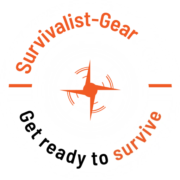Survival Prepping for Normal People: How to Be Ready for Any Disaster
With actual events going on around the world, it’s no secret that survival prepping is on the rise. More and more people are realizing that being ready for any disaster is essential to survival, nowadays not only do natural disasters need to be mitigated, but now we also have man-made disasters that need to be mitigated! Either way, if you already have a plan or if you are just starting to make your emergency plan, now is a good time to review it and make adjustments to the new reality that we face. However, many people don’t know where to start when it comes to survival prepping. Don’t worry, you are not alone! In this article, we’ll discuss 11 tips for normal people like you and me.
1. Make a risk assessment
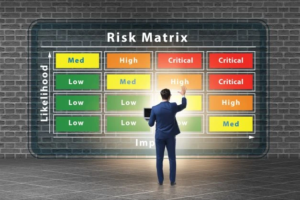
One of the first steps in survival prepping is to identify which risks apply to you and your family. This will help you determine what items you need to include in your survival kit. Some common risks that people prepare for include natural disasters, economic collapse, and civil unrest, or a blackout scenario.
The following tables is a non-exhaustive list of potential natural and man-made disasters. Some can be mitigated, others don’t, unless you want to stop living and bunker yourself in. My recommendation is: Prepare for any natural disaster that can affect you in your area. Additionally to the natural disasters, I recommend taking following man-made disasters into account for your emergency planning: EMP, nuclear and radiation fallout, hyperinflation, riots and crime, drinking water contamination as well as Infectious disease outbreaks. This should get you covered.
| Natural disasters | Man-made disasters |
|---|---|
| Tornadoes and Severe Storms | EMP |
| Hurricanes and Tropical Storms | Terrorist attack |
| Floods | Explosions and fires |
| Tsunamis | Nuclear and radiation fallout |
| Winter and ice storms | Chemical spill |
| Volcanic eruptions | Industrial accident |
| Wildfires> | Hyperinflation |
| Earthquakes | incidents of mass violence |
| Drought | Infectious disease outbreaks |
| Solar flares | Drinking water contamination |
| Landslides & debris flow | Riots and crime |
| Dust storms | Cyber attacks |
Table 1: Non-exhaustive list of natural and man-made disasters.
- Identify the most likely risk
- Identify the risks with the most severe impact on your family
- Mitigate risks that have a high likelihood OR a severe impact.
- Prioritize these risks.
- Start working your list and start prepping accordingly.
2. Create an emergency plan
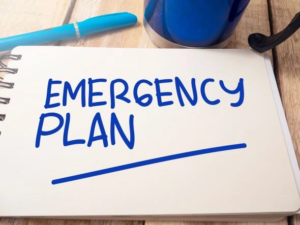
Once you have identified the risks that apply to you and your family, the next step is to decide which of those risks you want to address and mitigate. The next step is to create a survival plan for each scenario and note the requirements in terms of equipment. This plan should include what you will do in each of the different types of disasters that you have identified. For example, if you are preparing for a natural disaster, your plan should include where you will go and what you will do if your home is destroyed. If you are preparing for an economic collapse, your plan should include how you will provide for your family if you lose your job. You survival plan should also include things like:
- What will you do in each of the different types of disasters that you have identified?
- Where will you go if you need to evacuate your home?
- How will you communicate with your family? If communications fail, your survival party needs to have agreed on a plan to regroup quickly and efficiently. This is particularly true if your family is spread across different cities or states.
- What will you do if you are separated from your loved ones? When disaster strikes you most probably won’t be together, transport and communications might be out. What is your plan? Where will you meet? For how long will you wait at this location?
- What is plan B in case everything goes south? When things go bad they usually tend to go bad. So be prepared to be out of communication and transport and have a solid plan b that takes such events into account. Remember your good old friend Murphy: Expect the unexpected!
- What are the requirements in terms of equipment for each scenario? Do you need specialized equipment? For example, if you wanted to be safe in case of a chemical or biological event, you would need to get full-body chemical suits with gas masks for each member of your survival party. Of course, this is possible, but is it realistic?
3. Create a Survival kit
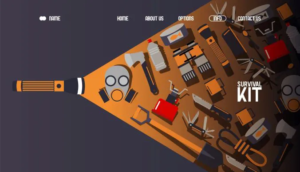
A survival kit is a collection of items that you may need in a disaster. The contents of your survival kit will vary depending on the risks that you have identified, the risks you want and can mitigate, and the size of your family. Some basic items that you may want to include in your survival kit are food, water, a first-aid kit, a flashlight, prescription medications, and extra clothes.
4. Stock up on supplies
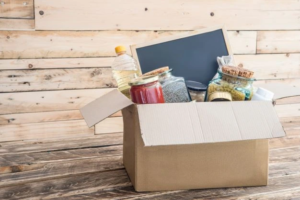
Stock up on food supplies, water, and medication.
You should also have a supply of non-perishable food that will last you and your family for at least three weeks – I’ll explain why I recommend 3 weeks in my other article. Some good options for non-perishable food include canned goods, dry cereal, peanut butter, and granola bars. It’s also a good idea to have a stockpile of drinking water for 3 weeks, above three weeks, and have a water filter or purification tablets in case you need to drink water from a natural source.
In addition to food and water, you should also have a supply of any prescription medication that you or your family members take. If possible, try to have at least 2 months’ supply of medication on hand.
5. Have an emergency fund

Last but not least, one of the most important survival prepping tips is to have an emergency fund. This fund should be used for things like food, shelter, and medical care in the event of a disaster. Try to save at least $1000 in your emergency fund so that you will be prepared for anything.
6. Get barterable items
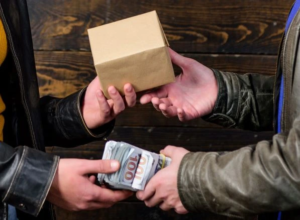
If you don’t have cash you can always barter items of value. Try also to get some barterable items like alcohol, cigarettes, rice, canned food or any precious metals. These may come in handy at some point, and that’s why you can’t go wrong having stocked a little bit more food.
7. Prepare your bug out bag
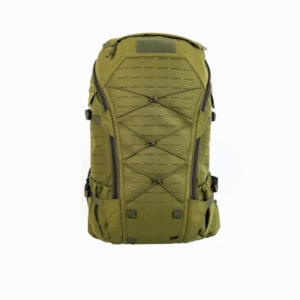
One of the most important things to do when survival prepping is to create a bug-out bag. The contents of your survival kit will vary depending on the risks that you have identified and the size of your family, but in any case, your survival kit should at least include items like food, water, and first aid supplies. You will also want to include items like a flashlight and a radio in your survival kit. If you have the space, you may also want to include some extra clothes and blankets.
8. Familiarize yourself with your survival gear
Another important survival prepping tip is to familiarize yourself with your survival gear. This is especially true for your essential survival gear: This includes things like your survival kit, your survival plan, and any other important survival gear that you have. Familiarizing yourself with your gear will help ensure that you know how to use it in a disaster and will reduce the overall stress level.
9. Use your time wisely and practice
Practice your survival plan. Once you have created your survival kit and survival plan, it is important to practice. This will help ensure that you and your family are prepared if a disaster does occur, and everybody knows what to do. You can practice your survival plan by doing things like having a fire drill or going on a camping trip.
By following these survival prepping tips, you can be ready for any disaster. Don’t wait until it’s too late, start survival prepping and practicing today! You wouldn’t want to see your family suffer, wouldn’t you?
10. Practice your self-defense skills
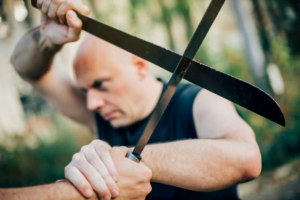
Practice your existing self-defense skills. If you haven’t any self-defense skills, now would be a good time to start learning one. One of the best things that you can do to prepare for a disaster is to learn self-defense. Pick one that is suited for you and where you feel comfortable.
For close-range combat I recommend Krav Maga: Krav Maga is one of the most effective self-defense systems in the world and it can be used to defend yourself and your family in a variety of situations. It is easy to learn and can be mastered by women, the elderly as well as children.
11. Strengthen your mindset

In addition to physical preparation, it is also important to prepare mentally for a disaster. Strengthening your mindset will help you deal with the stress of a disaster and increase your chances of survival. Some things that you can do to strengthen your mindset include:
- positive thinking
- visualization
- meditation
- preparedness
Keep these 11 survival tips in mind
So there you have it – Survival prepping doesn’t have to be complicated or expensive. By following these simple survival tips, you can be prepared for any disaster and increase your family’s resilience. This is just a starting point, and I encourage you to subscribe to my blog so that you can follow along as we cover all the relevant topics that you might encounter along the way. No more excuses, your family depends on you!
